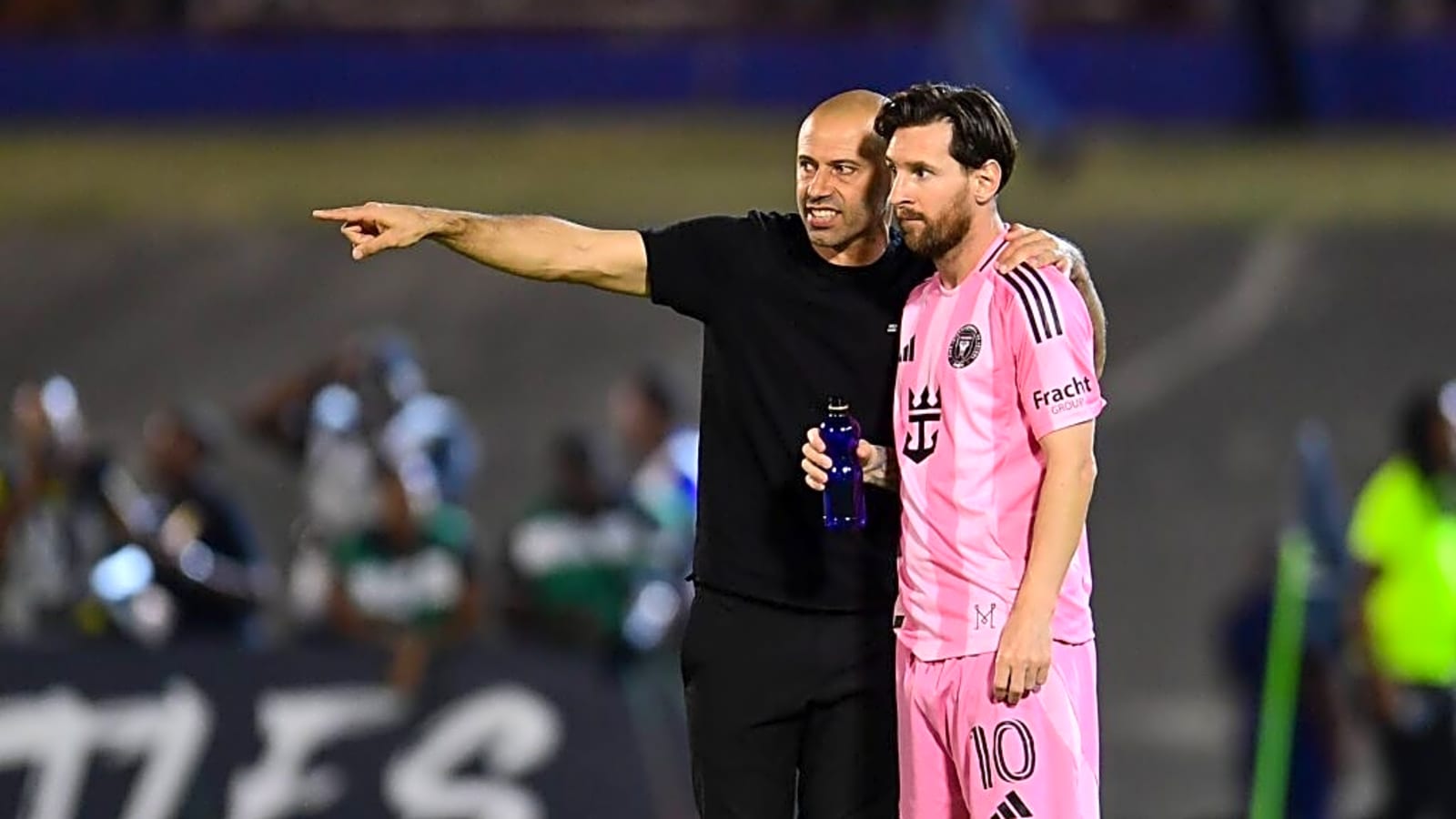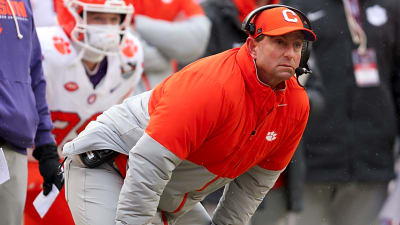
The 2025 FIFA Club World Cup is down to the final four . Three of those teams are European giants — Paris Saint-Germain face Real Madrid, while Chelsea are favored in their semifinal — joined by one surprise: Brazilian side Fluminense, who have ridden their luck once again. Fluminense, the 2023 Club World Cup finalists, get another shot at a Premier League team, having lost to Manchester City in the last final.
Three of the four semifinalists are expected. Real Madrid remains Europe’s most successful international club. PSG, reigning UEFA Champions League winners, have flourished under Luis Enrique. Chelsea, buoyed by their UEFA Conference League title, are eyeing a second Club World Cup crown after defeating Palmeiras in 2022.
Yet, none of those European giants are undefeated in this year’s competition. Chelsea were stunned, 3–1, by Brazil’s Flamengo in the group stage. Botafogo toppled PSG. And Real Madrid were held to a draw by Saudi club Al-Hilal. Even if Fluminense can’t get past Chelsea and we end up with an all-European final, it’s clear that European teams are no longer dominating this tournament outright.
Despite massive financial, infrastructure, and development advantages, European sides have found this tournament far from straightforward. And while leagues like MLS remain limited by roster restrictions, the supposed “gap” between Europe and the rest appears narrower than ever. With matches played in hot, humid environments that favored South American and Asian-based clubs, sides like Fluminense, Liga MX’s Monterrey Rayados, Al-Hilal and even Lionel Messi’s Inter Miami showed grit, talent, and motivation.
Veterans of European nights — Messi, Monterrey’s Sergio Ramos, Fluminense’s Thiago Silva — stepped up, while future stars emerged, including Palmeiras’ Richard Ríos and Estevao (who notably scored against future club Chelsea).
New names also emerged on the big stage. Real Madrid’s 21-year-old Gonzalo Garcia has netted four goals, helping rescue a result in multiple matches. Meanwhile, Pep Guardiola’s Manchester City learned the hard way that pedigree and confidence alone isn’t enough, falling to Al-Hilal in a historic upset.
While attendance was mixed, some nights felt electric. Bayern Munich vs. Boca Juniors in Miami recreated the energy of a UEFA Champions League clash. Japan’s Urawa Red Diamonds and South Africa’s Mamelodi Sundowns contributed to the tournament’s colorful diversity and brought their unique fan atmospheres to the U.S.
For clubs, this was more than silverware — it was business. With the U.S. serving as a massive growth market, the Club World Cup presented a critical commercial opportunity. Compared to the defunct Confederations Cup, this 32-team spectacle offered a more compelling preview of World Cup 2026 and let clubs beyond the Premier League connect with U.S. fans.
South American and Asian leagues may now find it easier to retain talent, thanks not only to financial gains but growing international prestige. No league benefited more than Brazil’s Serie A. Dominating recent Copa Libertadores campaigns, Brazil sent four teams to the Club World Cup — and all four advanced past the group stage, they went toe to toe with Europe’s best, putting in better performances than even in the old version of the Club World Cup.
Argentina wasn’t as lucky. River Plate and Boca Juniors failed to advance, a hard reality check for the Argentine domestic league, despite the strength of their national team. Mamelodi Sundowns stood out among CAF clubs, but none reached the knockout stage, in what is the least wealthy federation.
MLS, despite sending teams that may not be the absolute best in the league, and facing structural constraints regarding roster composition, still saw Inter Miami reach the knockouts before falling to PSG.
LIGA MX earned respect too. Monterrey took Bundesliga giants Borussia Dortmund to the wire in the Round of 16, a result that boosted the league’s global standing as it looks to attract more talent.
The Saudi Pro League saw its ambitions nearly fulfilled. Though Al-Hilal fell to Fluminense in the quarterfinals, their stunning upset of Manchester City was the crown jewel in Saudi Arabia’s ongoing football project. Despite not winning the Saudi title, Al-Hilal defeated City and drew Real Madrid. With better officiating on the questionable no-penalty calls, they might have gone even further.
Looking ahead, the expanded format should continue. The incentive to win regional titles like the Copa Libertadores, CONCACAF Champions Cup, and AFC Champions League is now immense — financially and reputationally. UEFA clubs may have underestimated the challenge this year, with coaches at Juventus and Dortmund publicly voicing frustrations over playing conditions and field quality. Expect them to be better prepared in future editions.
The financial and branding dominance of European clubs remains real. But one tournament has shown that the playing field is more level than many imagined. If leagues like the Brasileiro, LIGA MX, MLS and RSL continue to invest and evolve, the global football hierarchy will continue to shift.
“A cold, rainy night in Stoke” may soon have global competition — a hot night in Rio, Riyadh or Los Angeles might carry just as much weight. And for the world’s clubs, there’s now a new reason to dream, and invest in, a path to glory.
More must-reads:
- Arsenal routs Aston Villa, silences its Premier League critics
- Eagles have reportedly made controversial decision about Week 18
- The 'Top-50 all-time NFL rushers' quiz
Breaking News
Trending News
Customize Your Newsletter
 +
+
Get the latest news and rumors, customized to your favorite sports and teams. Emailed daily. Always free!








